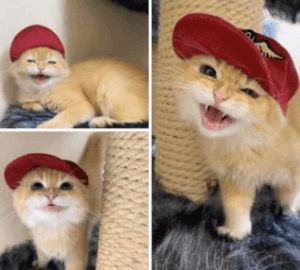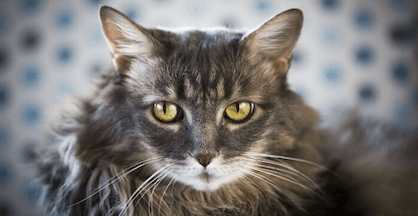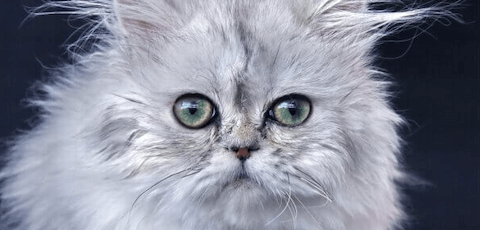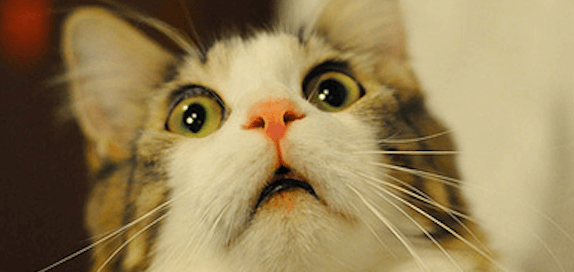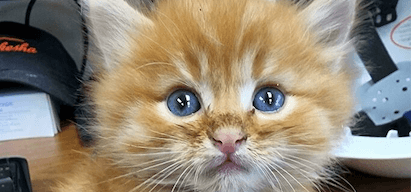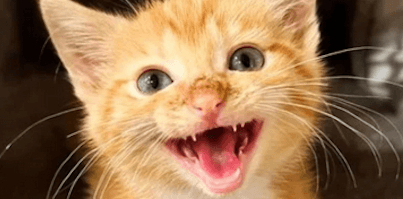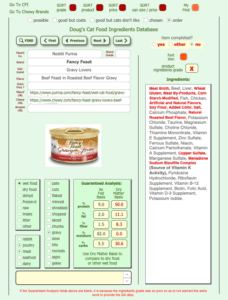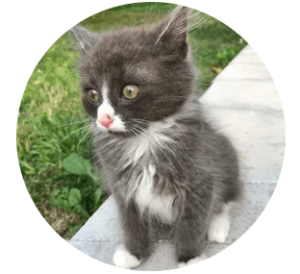Before beginning an in-depth study about cat food ingredients, there are other things to consider:
1. This website is an excellent educational resource for cat parents. This website is also an indictment of the cat food industry. It is both an allegation of a serious crime against cats, and an outright accusation of a lack of integrity. It seems like cat food manufacturers have so little care and concern for our cats’ well-being, or they wouldn’t be using such horrendous ingredients in cat food.
2. The fact is, in general, cat food industry manufacturers have betrayed our trust. As you’ll see later herein, a whopping 91.5% (1,148) of 1,250 (graded D or E or X) canned cat food products were judged as substandard. The good news is that the industry as a whole has a lot of room to improve. Will they criticize my work, or will they take the positive road and begin producing better, more healthful cat food.? Let’s hope they choose to put our cats’ health first.
3. As with everything in life, higher price doesn’t always mean higher quality. Even a really expensive cat food brand can have issues with ingredients quality.
4. The frugal shopper must pay attention to both can sizes and price. Whereas some manufactures use 3 ounce cans, others may use 2.8 ounce, or 2.75 ounce cans. Are the latter companies trying to deceive you?
5. In comparing product prices, one must break down the can size price structure to arrive at the ‘price per ounce‘. Use the simple formula (cans per case) x (ounces per can) = (ounces per case). Divide the (price per case) by the (ounces per case) to arrive at the (price per ounce). Now you can compare products accurately.
6. Don’t let a product’s fancy label design sway you. A product with a relatively plain label can be more nutritious for your cat than one created by a highly-priced graphics artist.
7. Don’t just assume that, because a manufacturer produces a particularly good product, that all of their products are good. I’ve seen plenty of good products that sit side-by-side on the store shelf with bad products from the same manufacturer.
8. Pay attention to cat food recalls. Even the best cat foods have occasional safety recalls. Here is a list of places where you can find out more about recalls.
9. I question manufacturer’s claims of “human grade” cat food. That designation doesn’t necessarily make a product more nutritious or safe than another other ingredients destined for cat food.
10. “Ingredient Splitting’ – a trick-of-the-cat-food-trade. Watch for similar ingredients that may appear in a product multiple times. By separating ingredients of the same species into different components, manufacturers can make them appear lower on the ingredients list while still adding substantial amounts to the food. For example, corn gluten meal and ground yellow corn. Another example, tetrasodium phosphate, a/k/a sodium pyrophosphate, a/k/a tetrasodium pyrophosphate, (often called sodium acid pyrophosphate – buffering agent, emulsifier, thickening agent – twice as toxic as regular table salt)
11. Call me cynical if you will, but I think I’ve earned the right to be suspicious after having reviewed hundreds of cat food products. In all of this ingredient label reading, you have to wonder what the manufacturer isn’t telling you. What horrible ingredient isn’t on the list but is in the can?
12. I believe that one of the greatest myths in the pet food industry distribution/sales business is that independently operated, local pet stores are somehow superior to mass merchandisers (like Chewy). Many cat food manufacturers support the business model of only selling through local retailers. They argue that local stores stock a higher quality of cat foods in a variety of flavors. They also say that pet store employees are more apt to give you personalized, (seemingly) professional guidance about what to feed your cat(s). Believe me, any ‘guidance’ that you need should come directly from reading a product’s ingredient list. While it’s true that many retail store owners know more about pet food ingredients and quality than most veterinarians, it is also true that that ‘expert knowledge’ may not be passed down to the average hourly paid store employee. Chances are, those well-intentioned pet food store employees are not any more knowledgeable about pet food ingredients than you are. In fact, in reading this website, you will become far-and-away more knowledgeable than someone working in a pet food store. And… from personal knowledge I can tell you that the vast majority of products sold in local stores are of poor quality – no matter the price. I’m a big proponent of shopping at Chewy. Their selection of cat foods is vast, compared to a local pet store with limited shelf space. Click on any of their products, then click on the ‘Nutritional Info’ tab. There you will find a food’s Ingredients, Caloric Content, and Guaranteed Analysis – all the things you need to make a well-informed purchasing decision.
13. Next, I don’t trust ANY web cat food reviews wherein the review is linked to a product sale. An article like “The 10 Best Cat Foods of 2019”, while seemingly the answer to all of your cat-food-searching, is little more than someone’s opinion, and I doubt that it’s backed with the in-depth ingredient study as presented herein. Furthermore, most such sites are just trying to make a buck.
14. I want to make an opinionated comment about the Guaranteed Analysis contents in a can. Say, for example, that a can contains 8.5% protein, 4.5% fat and 87% other (the other being mostly water). • Since protein is the primary ingredient we want to feed the cat, why is there so little protein in the can? The highest percentage of protein in all of the cans I have reviewed is only 17% (two solitary products out of hundreds). That’s the best that manufacturers can do with the most prominent, most important ingredient in the can? This is a gross situation representative of the entire wet cat food industry. • The fat content is too often too high. • Obviously cats need moist food. They get a significant amount of water from their food (unless you are ignorant enough to be feeding them dry food). My point here is that if a can has 87% water content, isn’t that a little excessive? Why is there so much water in the can? Doesn’t that leave the cat-parent-consumer purchasing little more than a can of water? And here’s another thing to ponder… Where does the water come from? You know its only tap water at best. It’s time we raised more than a little political, consumer action about cat food can contents.
15. What’s really in the can? You are foolish to think that ingredient shortages would stop a production line. “Oh, were out of Chicken Liver today – We’ve been out for 3 weeks – We had better shut down production until we get it back in stock.” “Of course, then again, nobody will ever know that there’s no Chicken Liver in this particular can/pouch – even though it’s clearly included on the packaging label.” Nobody will ever know.”
16. Remember… “Quality cat food today means fewer vet visits in the future!“®

